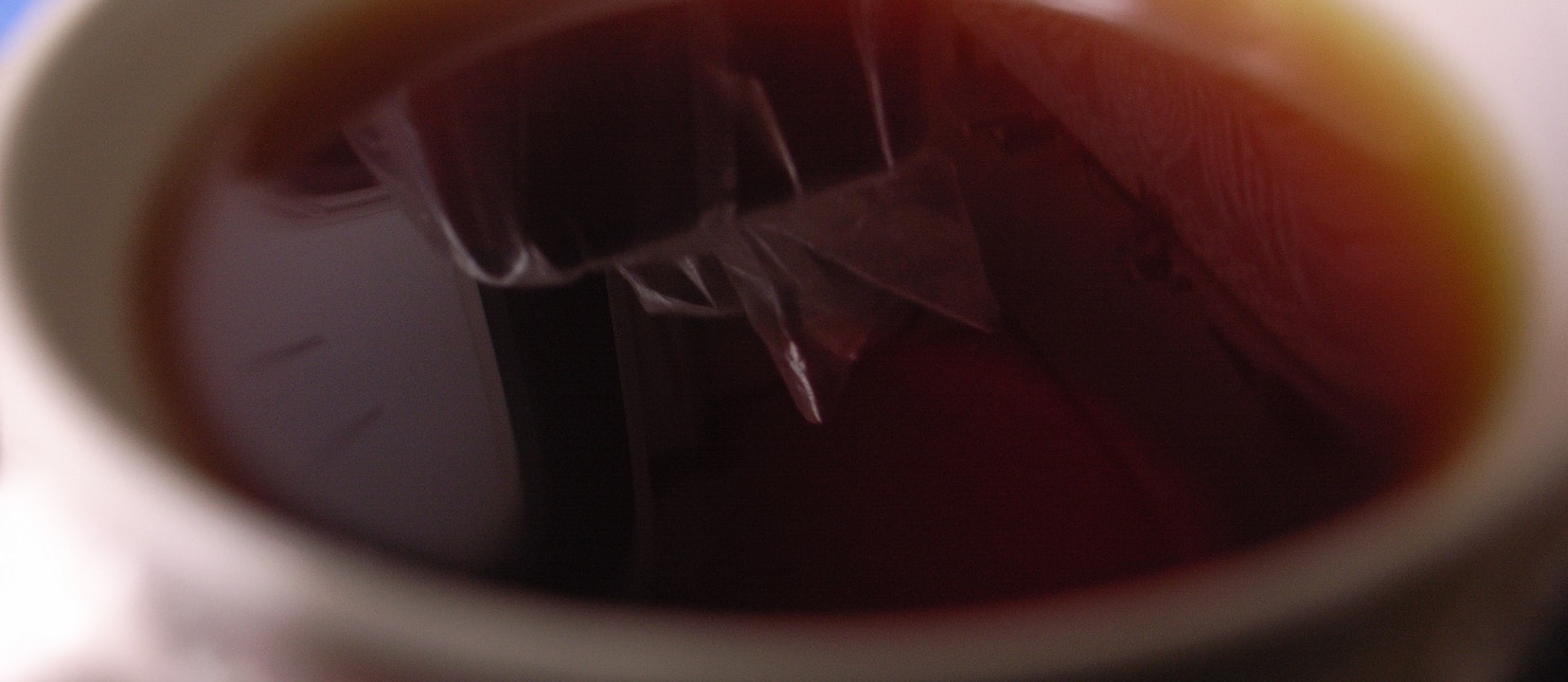While aluminum is the third most abundant element on Earth, it may not be good for our brain, something we learned studying foundry workers exposed to particularly high levels. Although the role of aluminum in the development of brain diseases like Alzheimer’s is controversial, to be prudent, steps should probably be taken to lessen our exposure to this metal.
There are a number of aluminum-containing drugs on the market (like antacids, which have the highest levels), though aluminum compounds are also added to processed foods such as anti-caking agents in pancake mix, melting agents in American cheese, meat binders, gravy thickeners, rising agents in some baking powders and dye-binders in candy. Therefore, it’s better to stick to unprocessed, natural foods. Also, if you cook those natural foods in an aluminum pot, a significant amount of aluminum can leach into the food (compared to cooking in stainless steel).
When researchers tried the same experiment with tea, they got a few milligrams of aluminum regardless of what type of pot they used, suggesting that aluminum was in the tea itself. Indeed, back in the 1950’s, researchers noticed that tea plants tended to suck up aluminum from the soil. But it’s the dose that makes the poison. According to the World Health Organization, the provisional tolerable weekly intake—our best guess at a safety limit for aluminum—is two mg per healthy kilogram of body weight per week, which is nearly a milligram per pound. Someone who weighs around 150 pounds probably shouldn’t ingest more than around 20 mg of aluminum per day.
Up to a fifth of aluminum intake may come from beverages; so, what we drink probably shouldn’t contribute more than about four mg a day, the amount found in about five cups of green, black, or oolong tea. So, should we not drink more than five cups of tea a day?
It’s not what you eat or drink, it’s what you absorb. If we just measured how much aluminum was in tea, it would seem as though a couple cups could double aluminum intake for the day. But if we measure the level of aluminum in people’s bodies after they drink tea, it doesn’t go up. This suggests that the bioavailability of aluminum in tea is low, possibly because most of the extractable aluminum in brewed tea is strongly bound to large phytonutrients that are not easily absorbed; so, the aluminum just passes right through us without actually getting into our bodies. Probably more than 90 percent of the aluminum in tea is bound up.
One study out of Singapore, highlighted in my video, Is There Too Much Aluminum in Tea?, did show a large spike in aluminum excretion through the urine after drinking tea compared to water. The only way for something to get from our mouth to our bladder is to first be absorbed into our bloodstream. But the researchers weren’t comparing the same quantity of tea to water. They had the study subject chug down about eight and a half cups of tea, or drink water at their leisure. Therefore, the tea drinkers peed a lot more; so, the aluminum content cup-for-cup was no different for tea versus water. This suggests that gross aluminum absorption from tea is unlikely and that only a little aluminum is potentially available for absorption.
So, although as few as four cups of tea could provide 100 percent of our daily aluminum limit, the percentage available for absorption in the intestine may be less than 10 percent. It is, therefore, unlikely that moderate amounts of tea drinking can have any harmful effects—for people with normal aluminum excretion. Tea may not, however, be a good beverage for children with kidney failure, since they can’t get rid of aluminum as efficiently. For most people, though, tea shouldn’t be a problem.
On a special note, if you drink tea out of a can, buy undented cans. The aluminum in dented cans can leach into the liquid, boosting aluminum levels by a factor of eight while sitting on store shelves for a year.
What about the levels and absorbability of the aluminum in my other favorite type of tea? Find out in my video, How Much Hibiscus Tea is Too Much?
The tea plant also sucks up fluoride. So much so that heavy tea drinking can stain the teeth of children. See my video Childhood Tea Drinking May Increase Fluorosis Risk.
Why should we go out of our way to drink tea? See:
- Treating Gorlin Syndrome with Green Tea
- Treating Genital Warts with Green Tea
- Why Do Asian Women Have Less Breast Cancer?
- Cancer Interrupted, Green Tea
Is Caffeinated Tea Dehydrating? Find out by watching the video!
For more on metals in our food supply, see:
- Get the Lead Out
- Nerves of Mercury
- California Children are Contaminated
- Cadmium and Cancer: Plant vs. Animal Foods
In health,
Michael Greger, M.D.
PS: If you haven’t yet, you can subscribe to my free videos here and watch my live year-in-review presentations Uprooting the Leading Causes of Death, More Than an Apple a Day, From Table to Able, and Food as Medicine.
